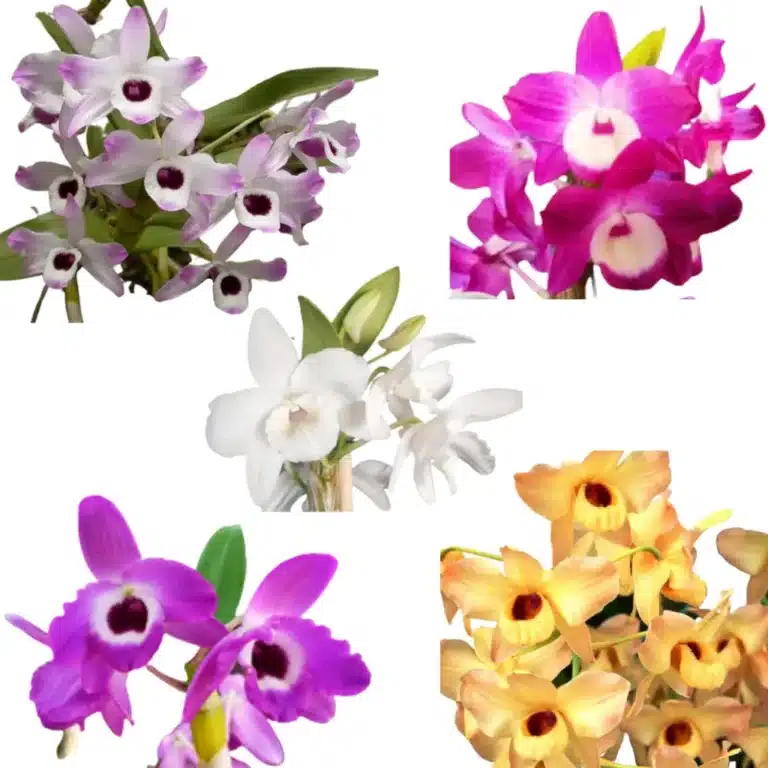Complete Guide: Features, Uses, and Care Tips You Need
Comprehensive Guide to Verbena Bonariensis: Characteristics, Uses, and Care
Introduction to Verbena Bonariensis
Verbena bonariensis, often called the Buenos Aires verbena, Patagonian verbena, or simply purple verbena, is a striking ornamental plant popular in gardens and terraces. Native to South America, particularly Argentina and Brazil, this perennial flower is cherished for its durability, adaptability, and extended blooming season. Its light, airy stature brings a natural, wild aesthetic to any garden.
Botanical Characteristics of Verbena Bonariensis
| Characteristic | Benefit |
|---|---|
| Common Name | Buenos Aires verbena, Patagonian verbena, purple verbena |
| Scientific Name | Verbena bonariensis |
| Family | Verbenaceae |
| Height | 1 to 1.5 meters |
| Width | Maximum of 0.8 meters |
| Leaves | Deciduous, elongated with toothed margins |
| Flowers | Small, tubular, purple or violet |
The structure of Verbena bonariensis is elegant and sparse, making it a great choice for combining with other plants to create engaging color contrasts in the garden. The plant usually stands tall, developing few leaves along the stem, resulting in a light appearance.
Verbena Bonariensis Flowering
The flowering of Verbena bonariensis is its most captivating feature. It blooms from spring well into autumn, depending on local conditions. The clusters of small, deep purple flowers resonate beautifully against the green foliage, attracting pollinators like butterflies and bees. This flowering phase not only beautifies gardens but also plays a crucial role in maintaining biodiversity.
Uses in Landscaping and Decoration
Verbena bonariensis is an exceptional choice for a variety of landscaping styles:
- Garden Aesthetics: Its tall stems create vertical interest in flower beds.
- Wildlife Gardens: The flowers attract beneficial insects, promoting local ecosystems.
- Containers: Ideal for pots and large terraces, it adds bursts of color to patio spaces.
Successful Plant Combinations
- Blends beautifully with grasses and perennial flowers.
- Works well in borders and rock gardens.
Traditional and Medicinal Uses
Besides its appeal as an ornamental plant, Verbena bonariensis has a history of medicinal uses:
- Infusions of its leaves help relieve muscle pain and anxiety.
- Adaptations promote digestive health and offer soothing effects for skin irritations.
Culinary Uses: The flowers can also adorn salads and desserts, adding a unique aesthetic and flavor.
Ideal Growing Conditions
To thrive, Verbena bonariensis requires:
Light and Soil Requirements
- Full Sun: At least six hours of sunlight daily is crucial for optimal flowering.
- Well-Drained Soil: Prefers fertile, light conditions but can adapt to poorer soils as long as drainage is adequate.
Watering and Humidity
- Drought Resistant: This plant tolerates dry conditions better than excessive moisture.
- Regular watering is necessary during hot months, but avoid waterlogging.
Propagation Techniques
Addressing propagation for new gardeners, Verbena bonariensis can be grown from:
- Seeds: Best sown in late winter or early spring.
- Division and Cuttings: A straightforward method, though less common.
Tip: Mixing sand with soil can enhance drainage, improving germination rates.
Common Pests and Diseases
While Verbena bonariensis exhibits some resilience, it may occasionally face pest challenges, including:
- Aphids: These pests weaken the plant and may attract more issues.
- Spider Mites: Thrive in dry climates, resulting in yellowing leaves.
Control Measures
- Regular monitoring helps catch infestations early.
- Encourage beneficial insects, like ladybugs, to foster natural pest control.
Pruning and Maintenance Tips
Effective maintenance promotes healthy growth:
- Deadheading: Clearing faded blooms encourages further flowering.
- Seasonal Pruning: Necessary to retain compactness and vigor.
Advantages and Disadvantages
| Pros | Cons |
|---|---|
| Attracts pollinators | Can self-seed excessively |
| Low maintenance requirements | |
| Beautiful in various landscapes | |
| Versatile in garden settings |
Frequently Asked Questions (FAQ)
Q1: Can Verbena Bonariensis survive in colder climates?
A1: It does tolerate light frosts, but may act like an annual in very cold regions.
Q2: How often should I water my Verbena Bonariensis?
A2: Water when the topsoil dries out, particularly in warm months.
Q3: Is Verbena Bonariensis safe for pets?
A3: Generally, it is considered safe, though allergic reactions can occur in sensitive individuals.
Q4: How do I enhance flowering in my plant?
A4: Ensure it receives adequate sunlight and water, and apply balanced fertilizer during growing seasons.
Conclusion
Verbena bonariensis is a remarkable plant that not only beautifies gardens but also attracts beneficial wildlife. Its adaptability, low maintenance, and variety of uses make it a wonderful choice for both novice and experienced gardeners. Enjoy the natural elegance and vibrant blooms of this beautiful perennial!



